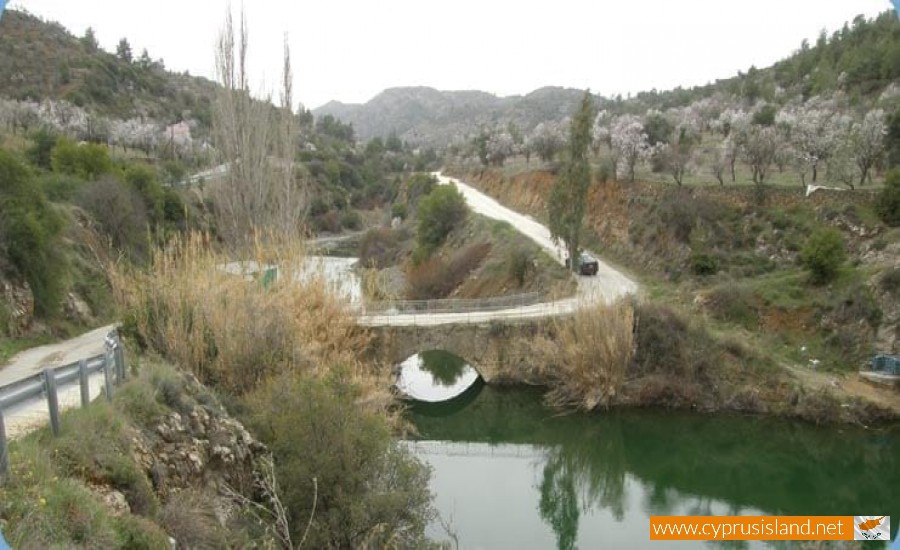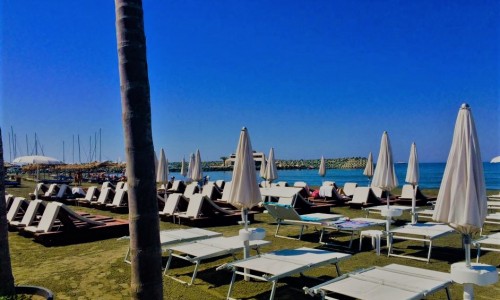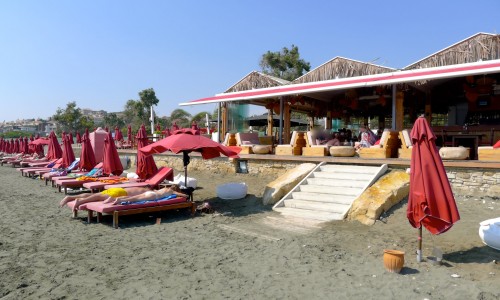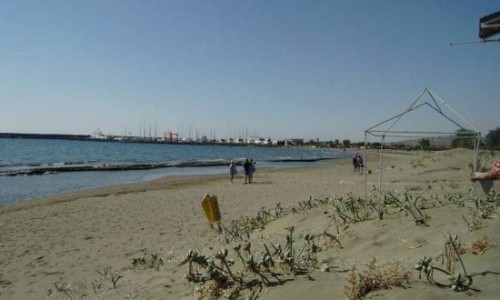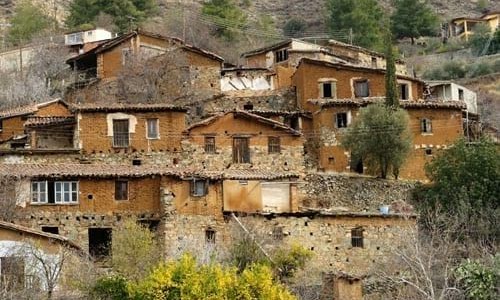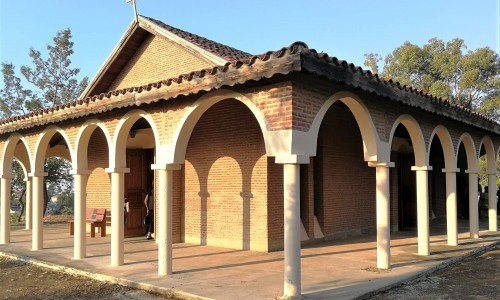Kalo Chorio Orinis Village
The Kalo Chorio Orinis Village is located about 28 kilometres southwest of Nicosia . In particular it is situated on the outskirts of the Adelfoi Forest , at an altitude of 500 metres above the seal level.
Name
In concern to the name of the village there are the following versions:
The most well-known version about the name is that it was given Kalo Chorio in order to cover up a bad name which was given earlier. There is no proof of the villages’ name before it was named Kalo Chorio or if there was a bad name before it.
It must be mentioned that the village is known as Kalo Chorio Orinis or Klirou due to its geographical location. The village was previously known as Kalo Chorio of Merikas. This was due to the fact that there were many merika trees at the river which crosses through the village.
The community board mentions another possible version of the name which was saved from generation to generation. According to this version the name came from the nice words of the pilgrims of the Machera Monastery. In particular the pilgrims passed from the village as it was the easiest way to get to the monastery. The residents of the village were the few shepherds and they would offer hospitality to the pilgrims. Every time they would pass from the village they said that they would pass from the good people from the good village. That is how it later received the name Kalo Chorio (Good Village).
The village in Antiquity
The village existed from antiquity as ancient ruins witness. An important number of ancient tombs was found as well as other remains from various time periods, specifically from ancient, classic and roman periods.
Additionally life in the area during antiquity is confirmed from the indications for the existence of mines and other remains of the ancient community which were found in the location “Zithkionas”. In particular there was a stone seat, possibly a remainder of an ancient temple which the residents called the seat of the Virgin Mary. Unfortunately today this seat does not exist as it was buried during the making of a road.
The village during the medieval years
Even though there is no mentioning of the village during the medieval years, researchers believe that it still existed even during the ruling of the Franks
The village in the beginning of the 20th century
Jeffery and Gunnis passed from the village during the beginning of the 20th century. Jeffery mentions that the village was a small and not important village while Gunnis wrote a short description of Agios Georgios Church.
The creation of the village according to tradition
The elder villagers mentions that the village was made in the position of a small community of shepherds in the area where there were herds of the Machera Monastery.
Population
The village presents an increasing population course due to its geographical position. In particular, it is located very close to the capital. This fact has also been assisted due to the transportation network. The small distance to the capital played an important role in the increase of population as well as against urbanism.
In 1881 the residents were only 137 and increased to 140 in 1891. They increased again in 1901, to 154 residents and to 172 in 1911. In 1921 there is an increase to 189 residents while in 1931 an increase to 195. In 1946 the residents had doubled to 275 and in 1960 increased by a large number that brought them to 328. In 1973 there continues to be an increase to 366 while in 1976 after the war there is a large increase to 445 residents. In 1982 there is a very small increase which brings us to 2001 with 605 residents.
Churches
In Kalo Chorio there is an old and new church of Agios Georgios as well as the remains of the Agia Paraskevi Chapel.
Old Agios Georgios Church
The old church of Agios Georgios with its simple yet standing out bell tower is located in the heart of the old village. The temple was built during the beginning of the 17th century, in particular in 1633 and was renovated two hundred years later. It is built out of stone from the mountain and broken roof tiles. Architecturally it belongs to the arched roof temples.
The bell tower has a rich decoration with two levels of arches. It was built after the church, in particular in 1912 by stones which were transferred from Agrokipia. The bell is even older, as it was built in 1898. The earthquake in 1996 caused serious damages which were restored the following year.
The templo is wooden and carved with layers of gold on it and was built during the 17th century. A particular templo with the icon of Agios Georgios decorated the interior of the temple. In 1992, the department of antiquities announced the temple as an ancient monument.
New Agios Georgios Church
New Agios Georgios Church
The new church of Agios Georgios is located near the old church. The construction of the new and largest church began on the 1st of August in 1993 after the suggestion of the Holly Archbishop of Cyprus. It first operated on the 7th of April in 1996.
Agia Paraskevi Church
At the borders of the village with the neighbouring village Gouri , there was a small chapel dedicated to Agia Paraskevi. Nowadays all that is left of the chapel are ruins. The icons of Agia Paraskevi as well as the other two icons of the Virgin Mary and Jesus are saved in the old church of Agios Georgios.



